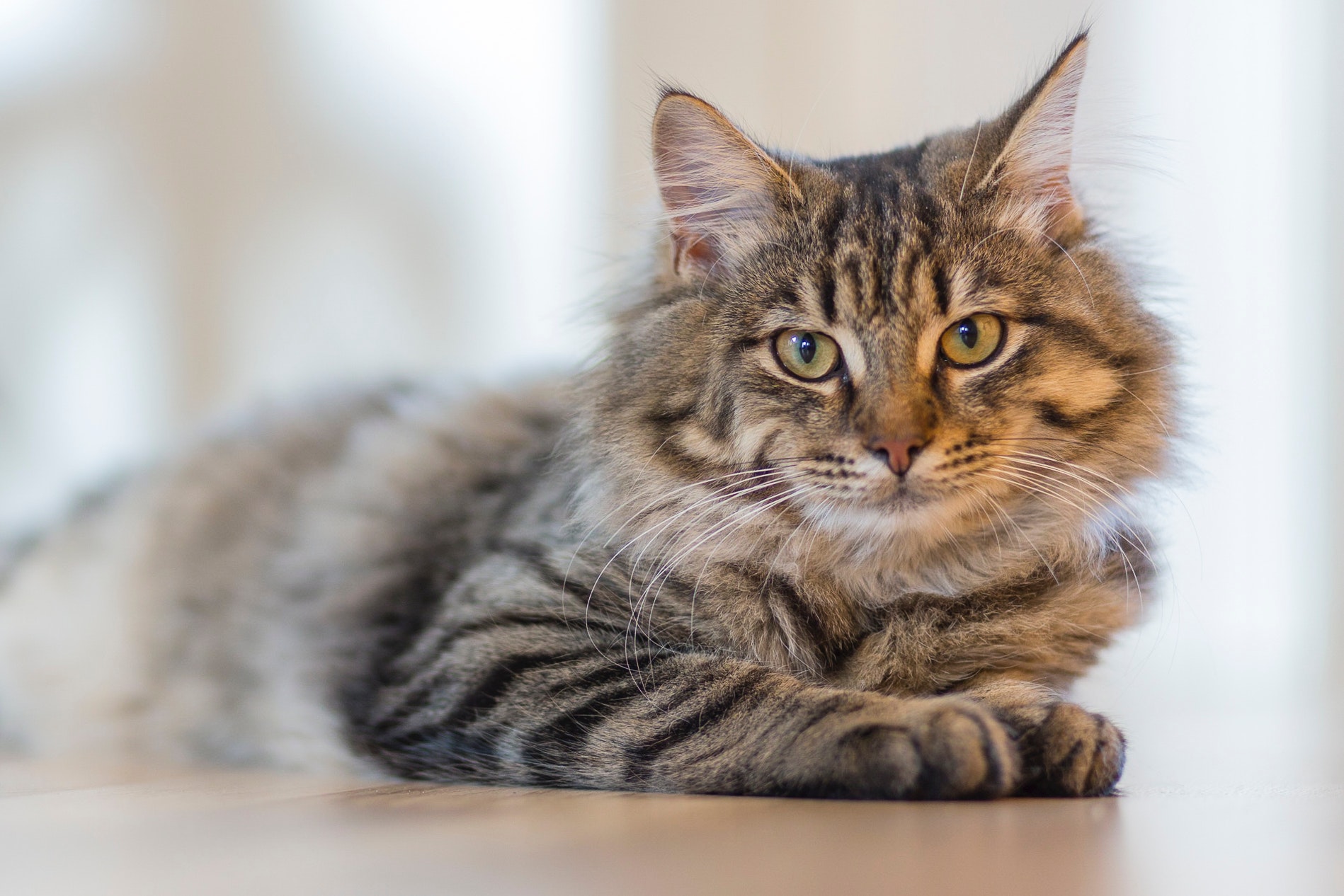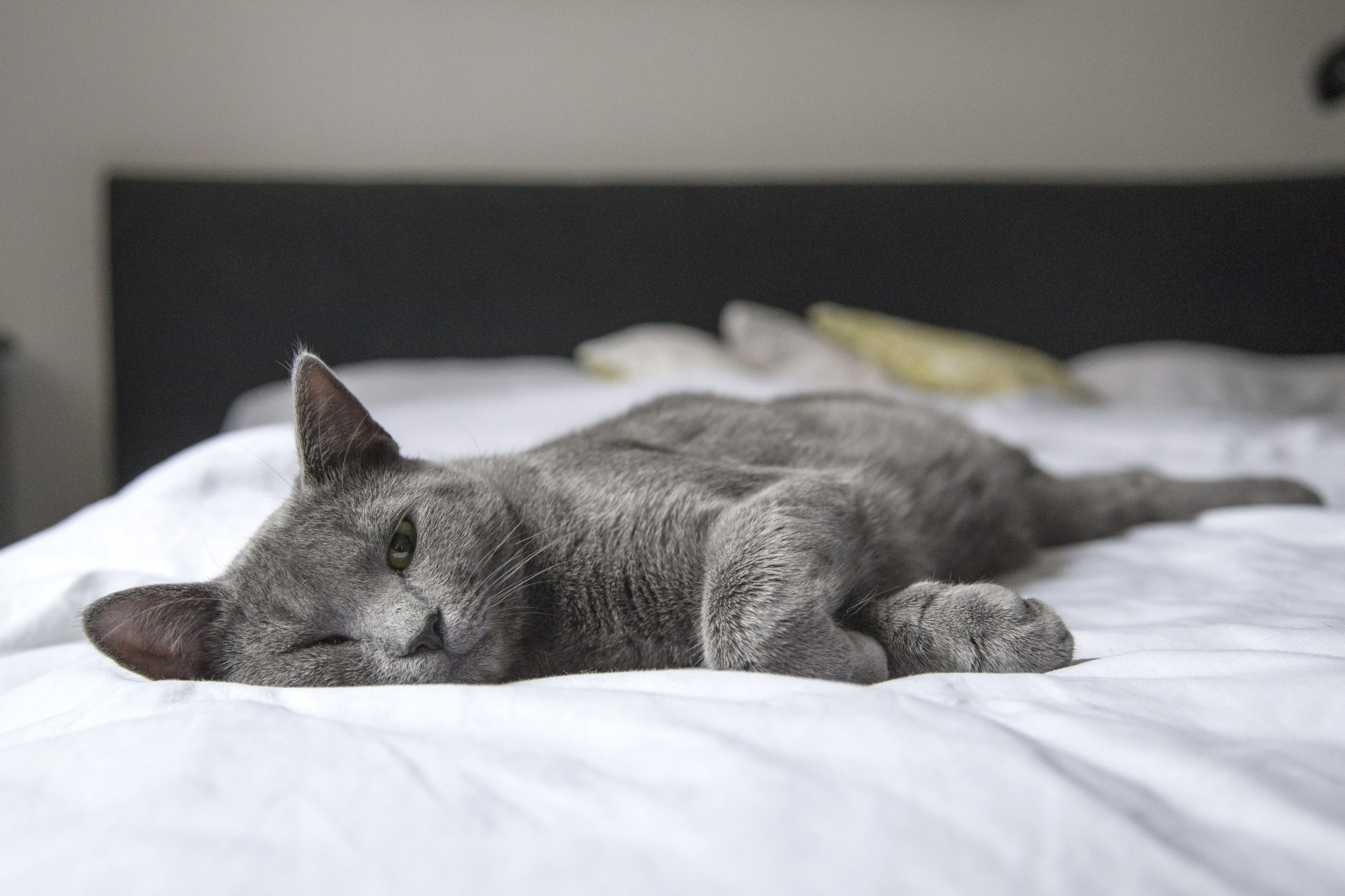Otitis externa is the condition of inflammation of the outer ear (up to the eardrum) and can have many causes that require specific treatment. Some ear infections can become chronic and difficult to treat.
How do I know if my cat has an ear infection?
Scratching at the affected ear and head shaking are common signs of an ear infection. The ear may be red, swollen, and painful to touch, and you may see discharge from the ear that can have an unpleasant smell.
What are the causes of ear infections?
Ear mites, bacteria, and fungi are common causes of ear infections. There may be polyps in the ear canal, or foreign material such as a grass-seed.
How can the cause be diagnosed?
Your veterinarian will examine the discharge for the presence of mites, bacteria, and fungi (yeast). The ear canal is examined to check the eardrum, and for the presence of foreign material or a polyp or other growth. Since this is often a painful condition, your cat may require sedation or anaesthesia to allow examination, and to start treatment. If there are bacteria present, a swab may be sent to the laboratory to identify the bacteria, and the appropriate treatment.
What is the treatment for an ear infection?
The treatment depends on the cause, but may start with flushing of the ear canal under sedation or anaesthesia to remove build-up of wax and discharge, and to allow medicated drops to contact the skin of the ear canal. To apply eardrops, hold the earflap and drop the prescribed number of drops into the ear, allowing the liquid to run down into the ear canal. Gently massage the ear at the base of the earflap.
What if initial treatment is unsuccessful?
Your veterinarian may request a recheck after completion of the course of eardrops, to ensure the infection has resolved. If it has not resolved, a swab may be sent to the laboratory, or your cat sedated for closer examination. Some infections can spread to the middle ear through a ruptured eardrum, and more treatment may be required. Surgery may be required for masses obstructing the ear canal.



